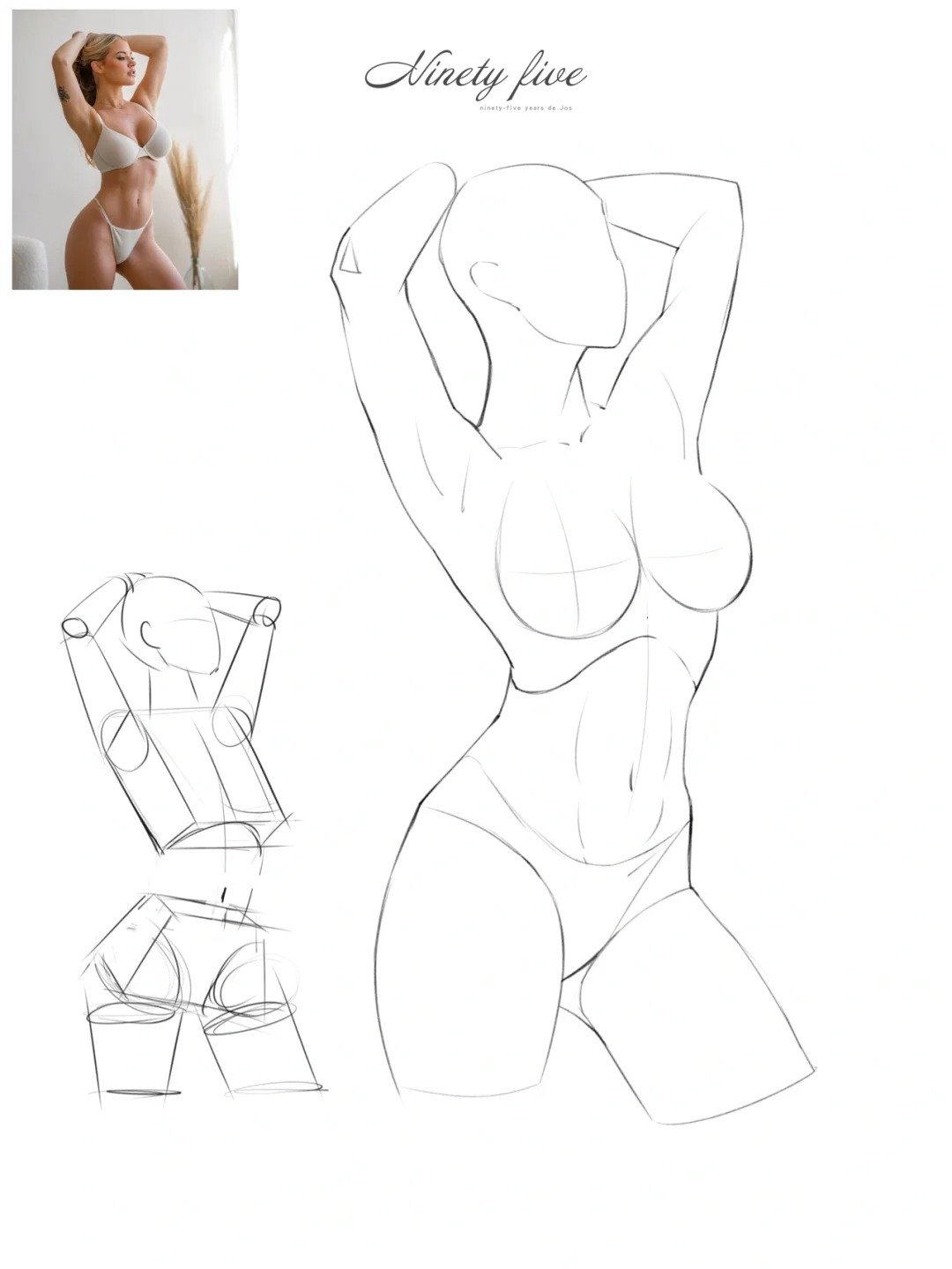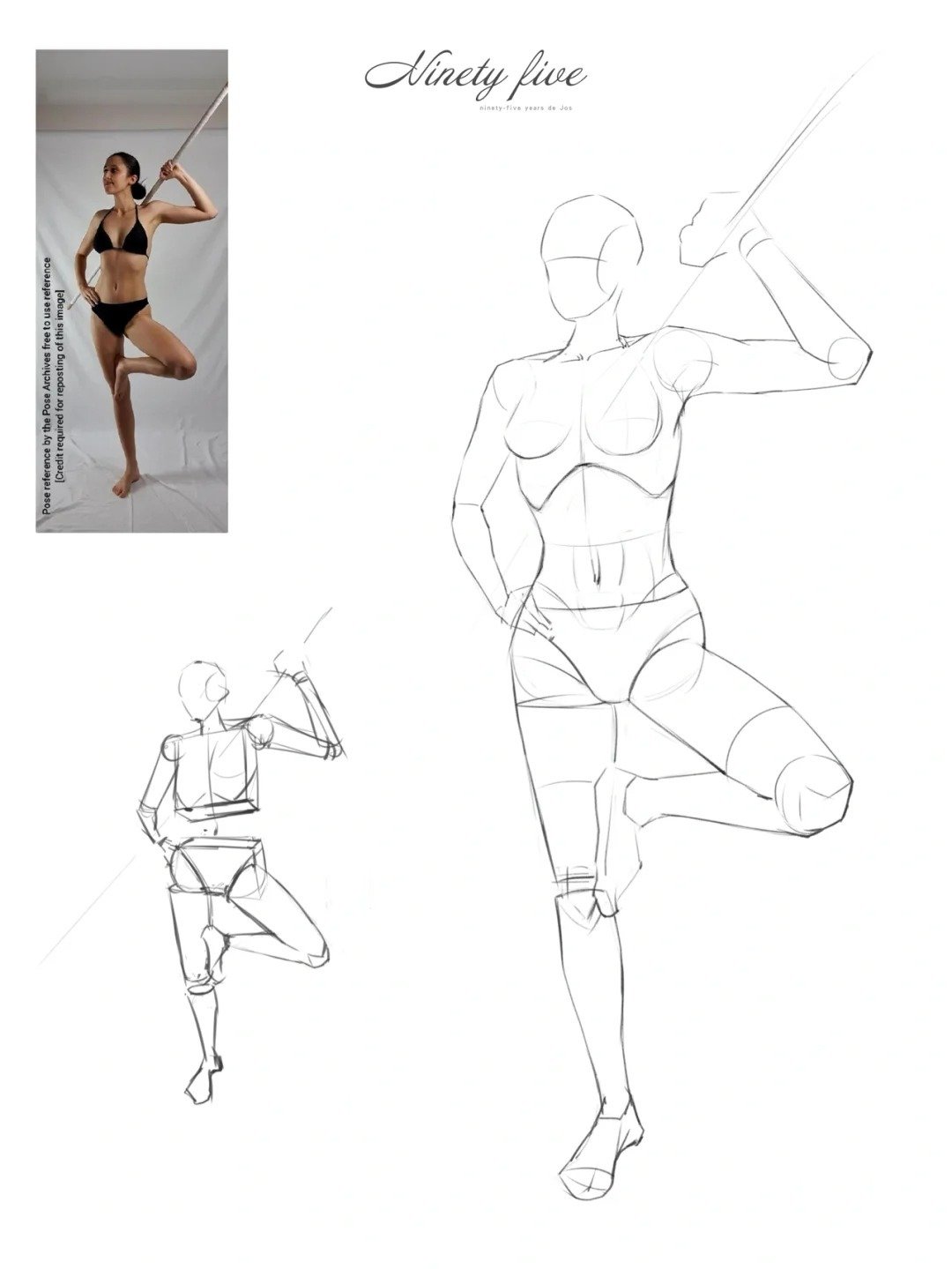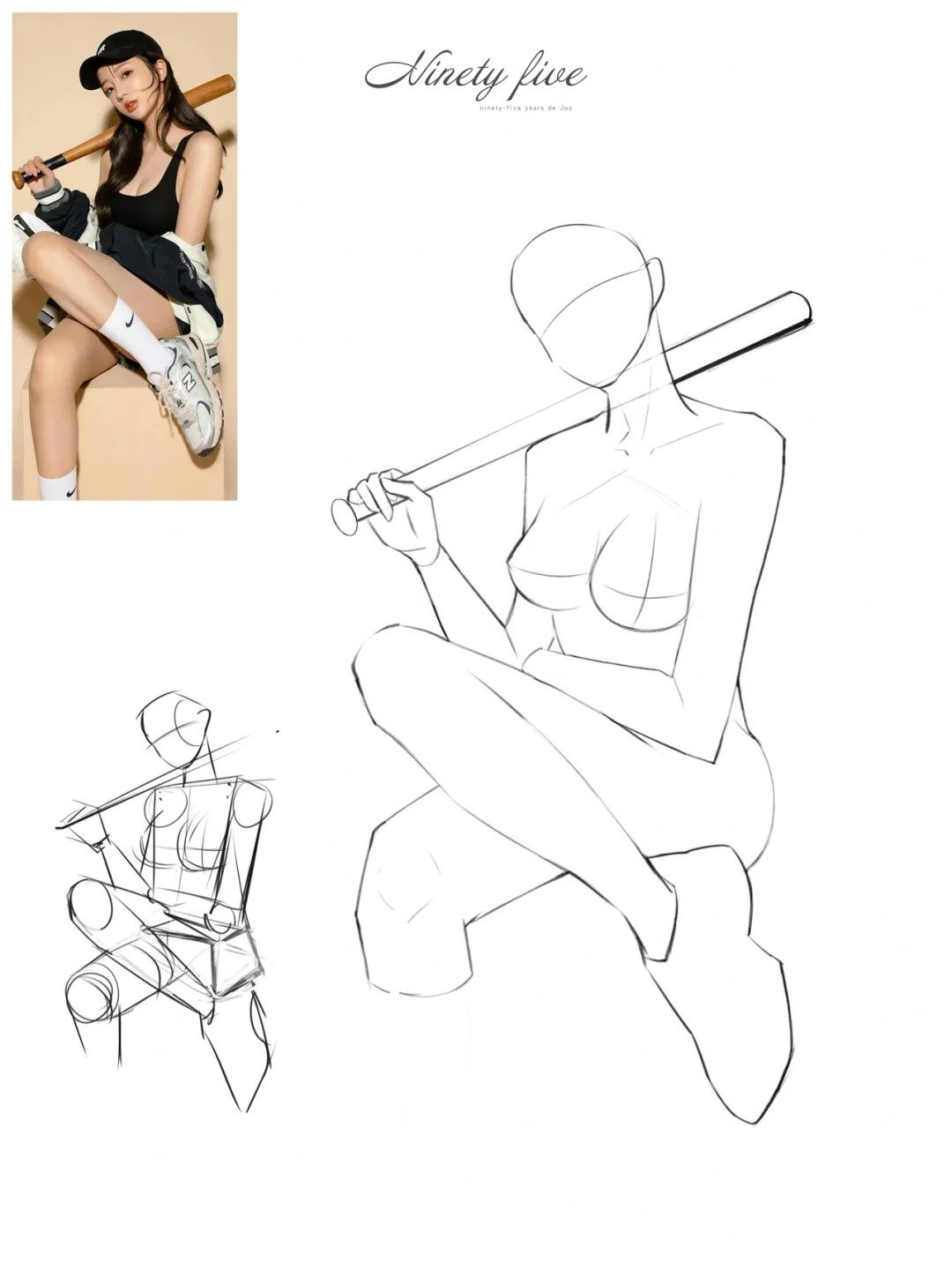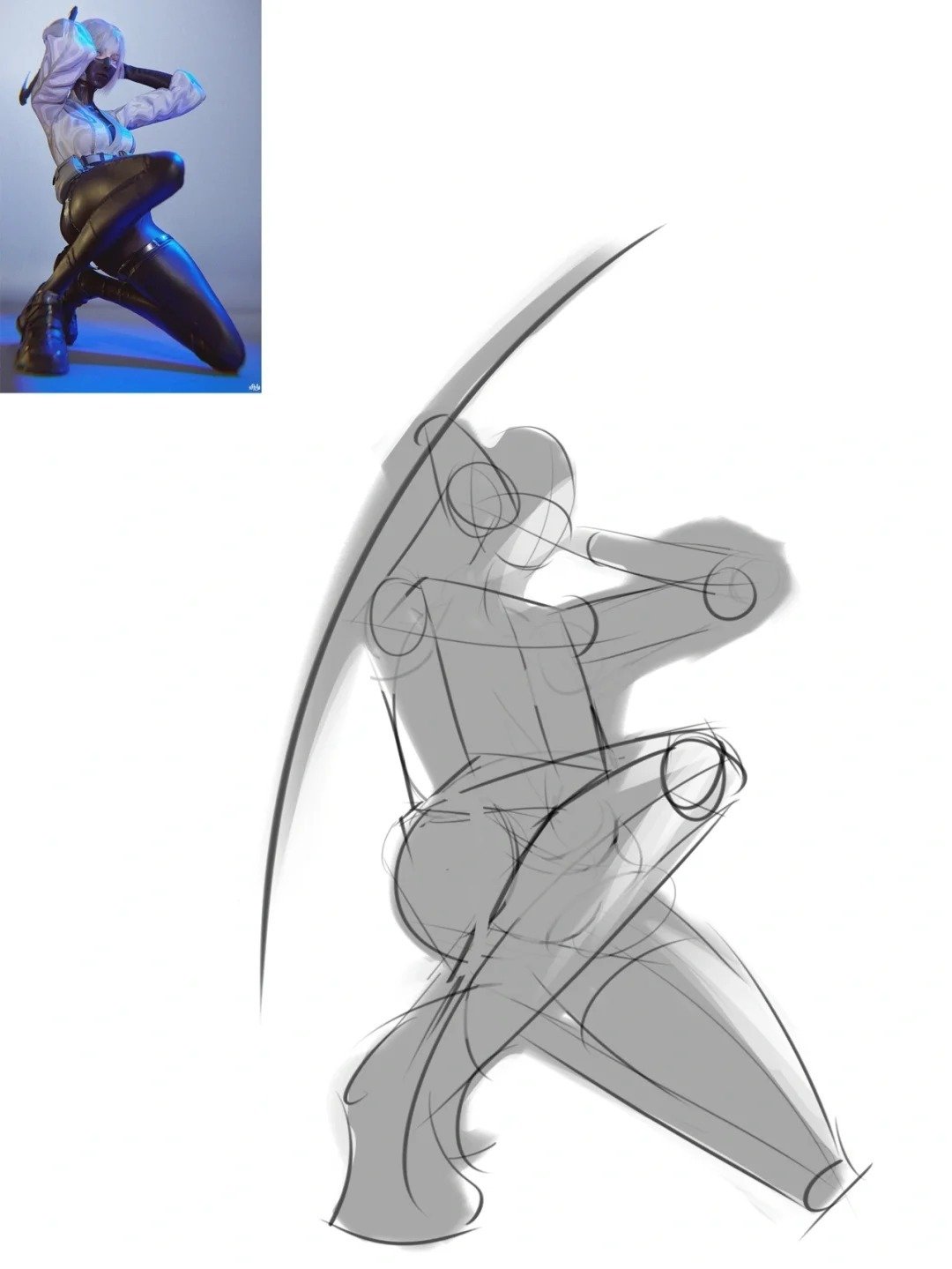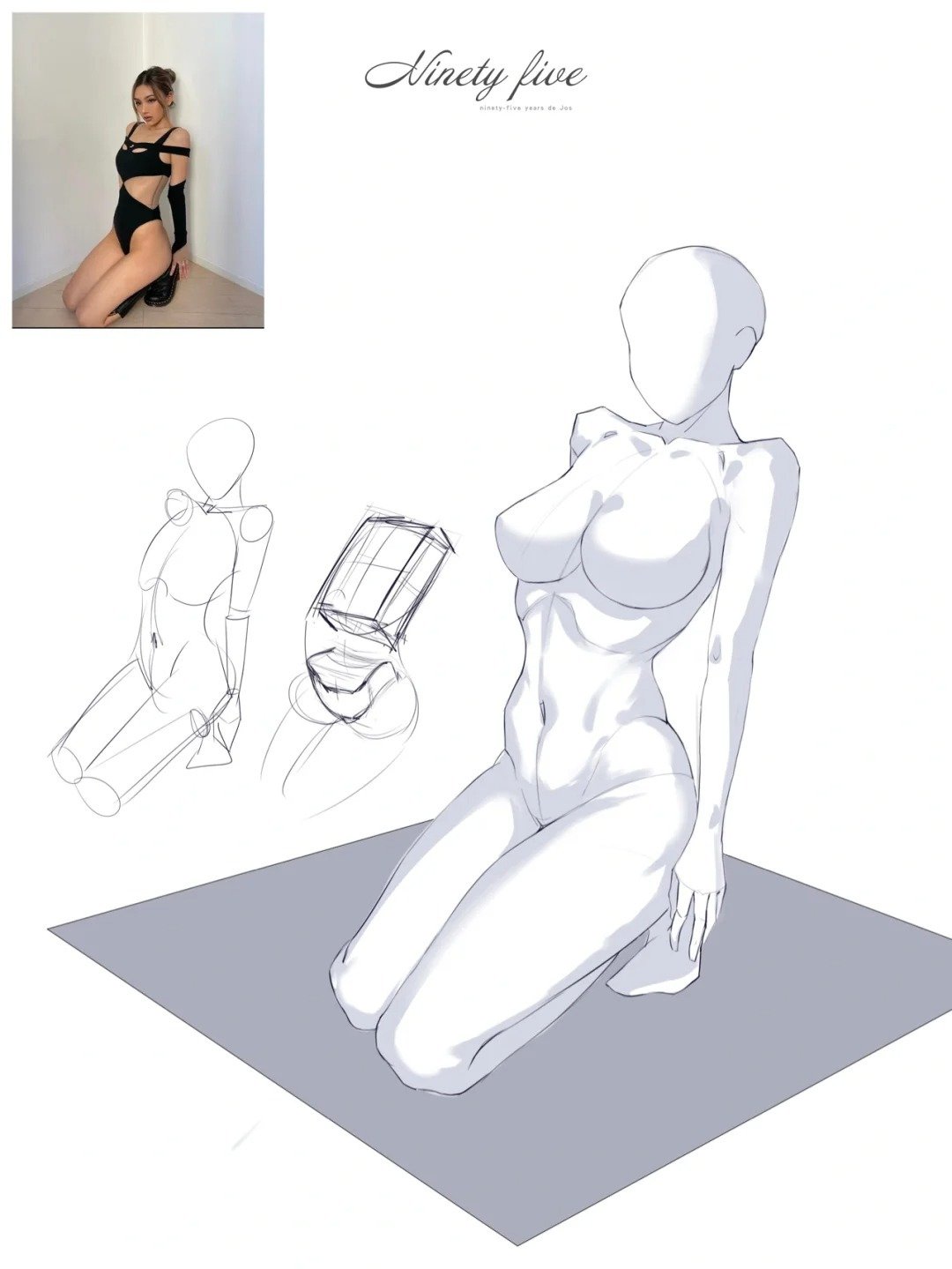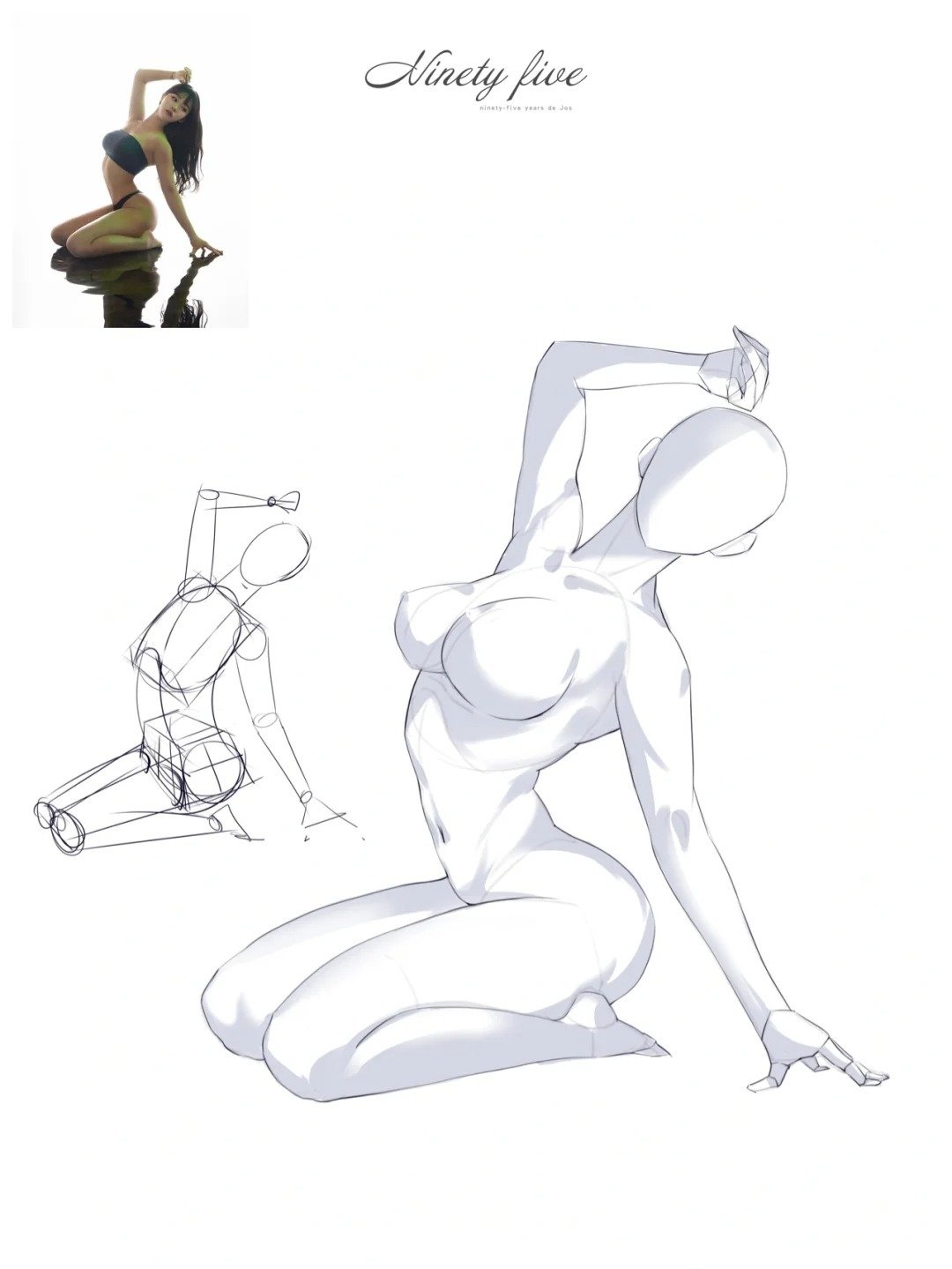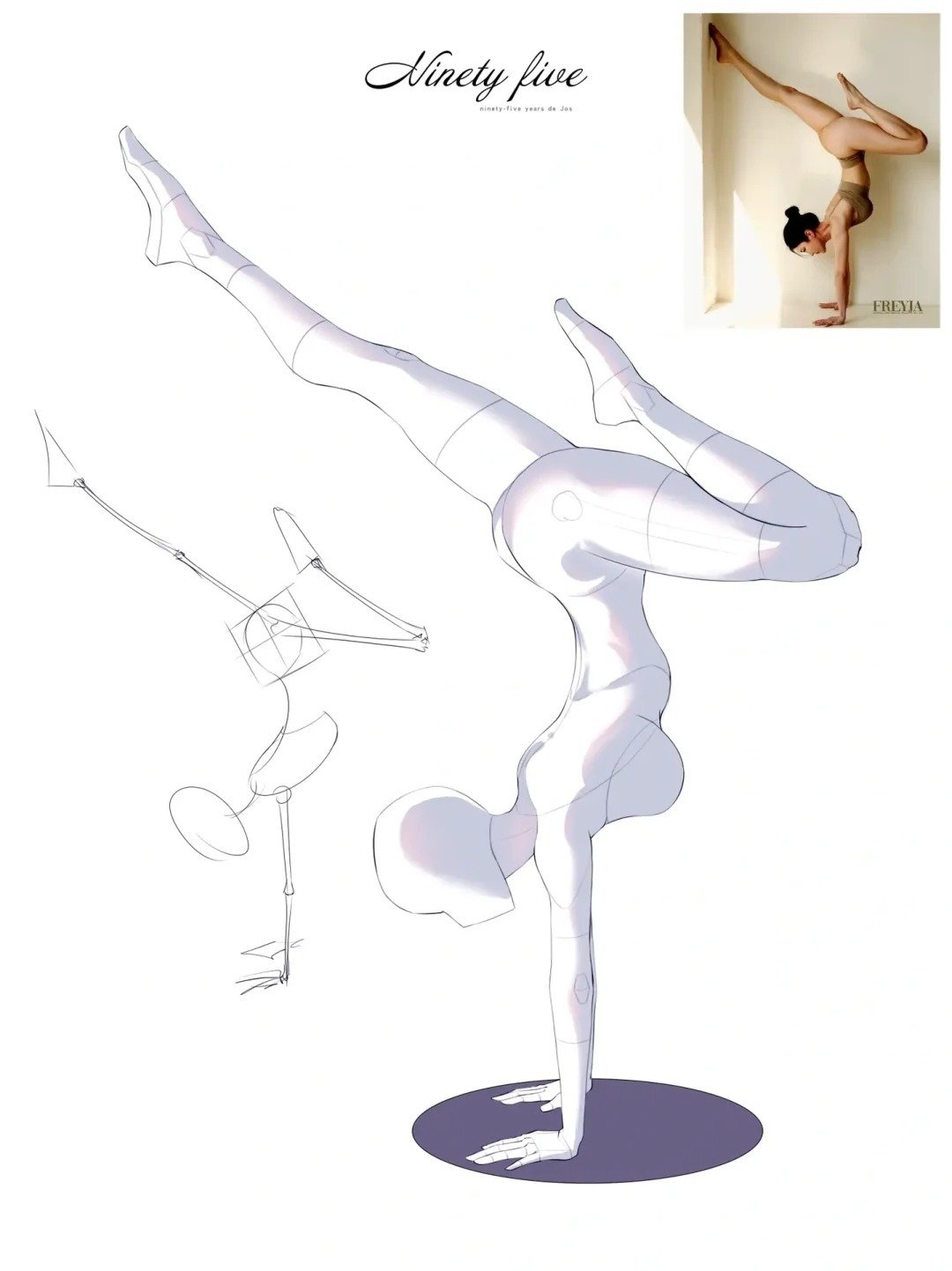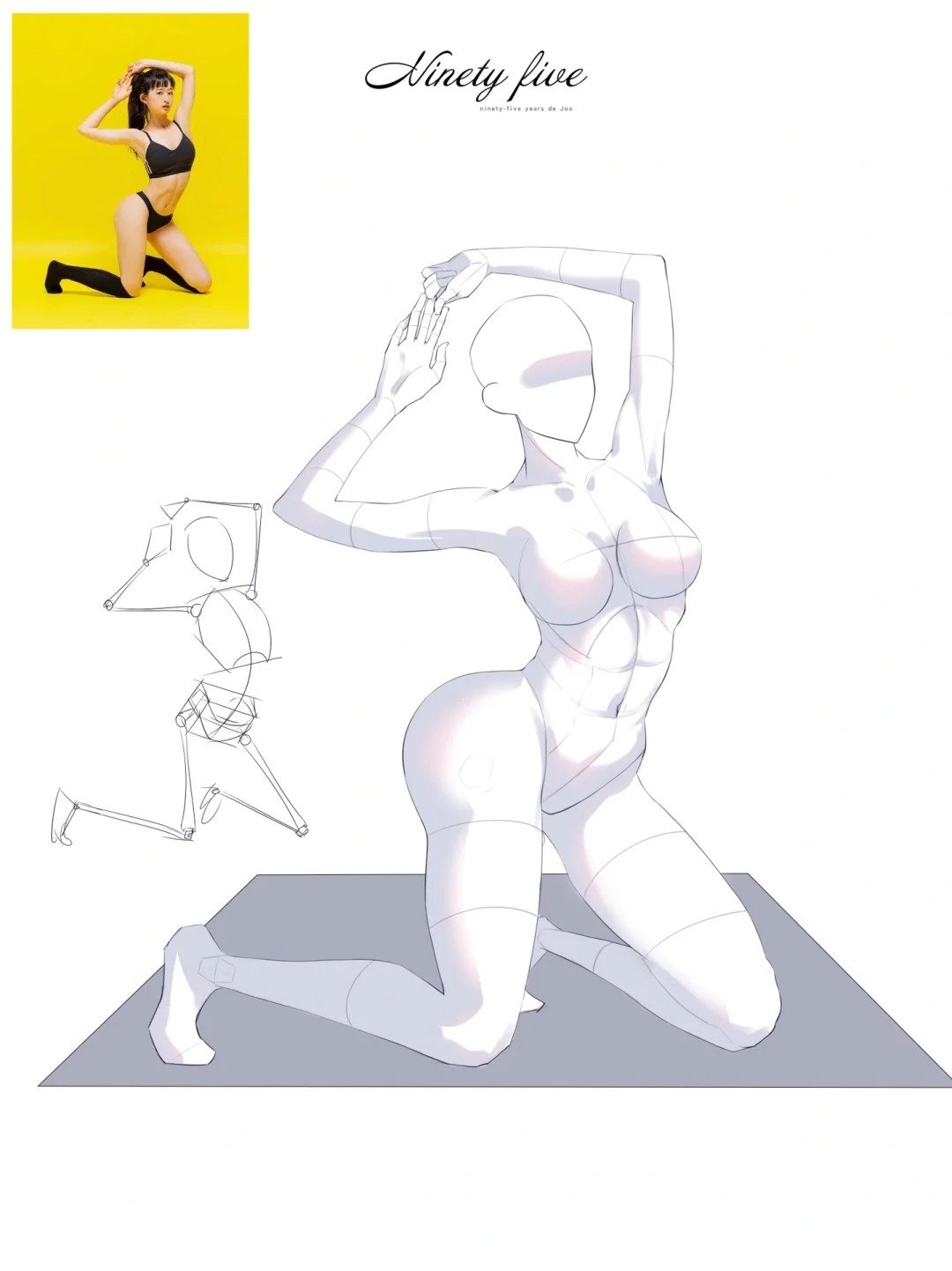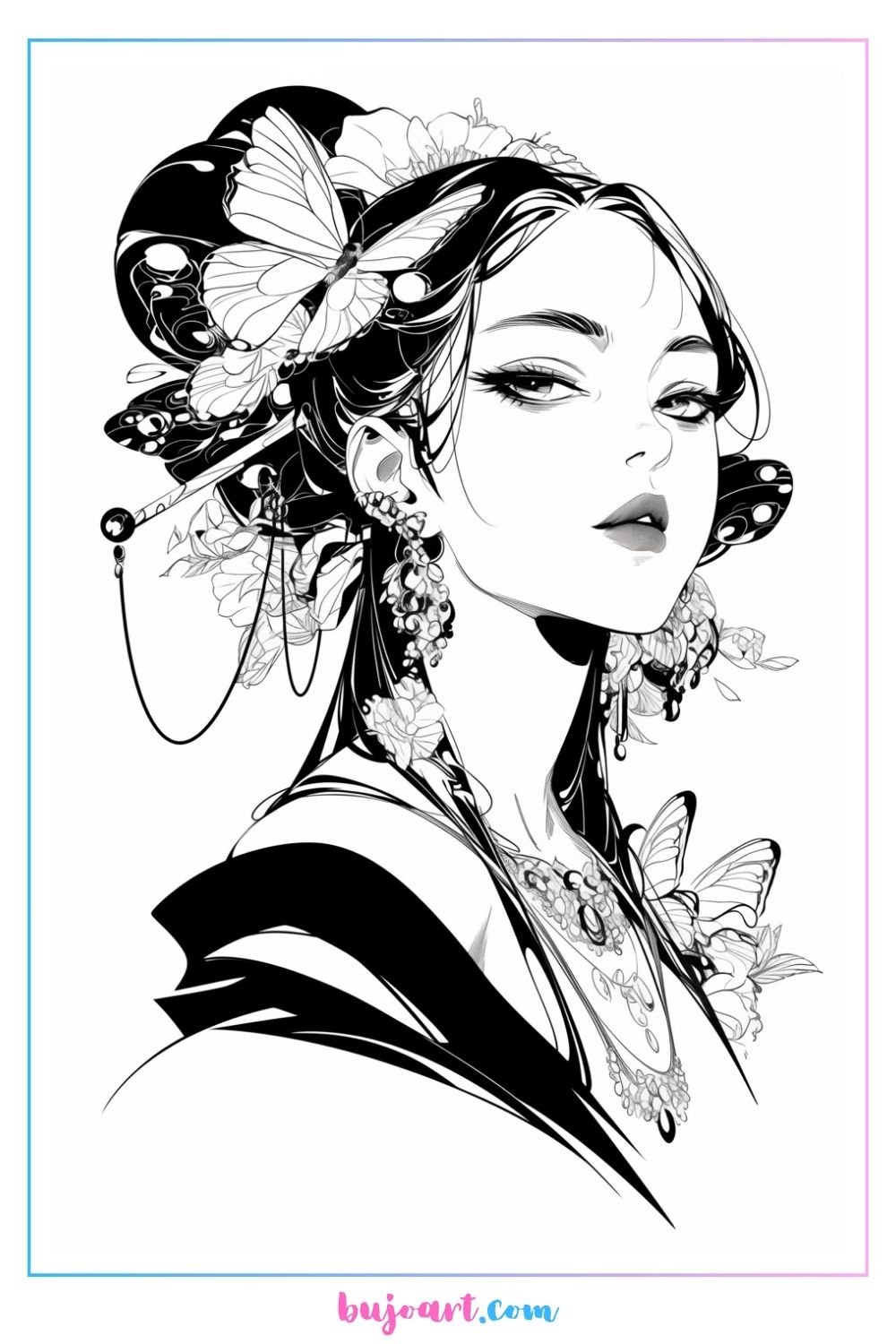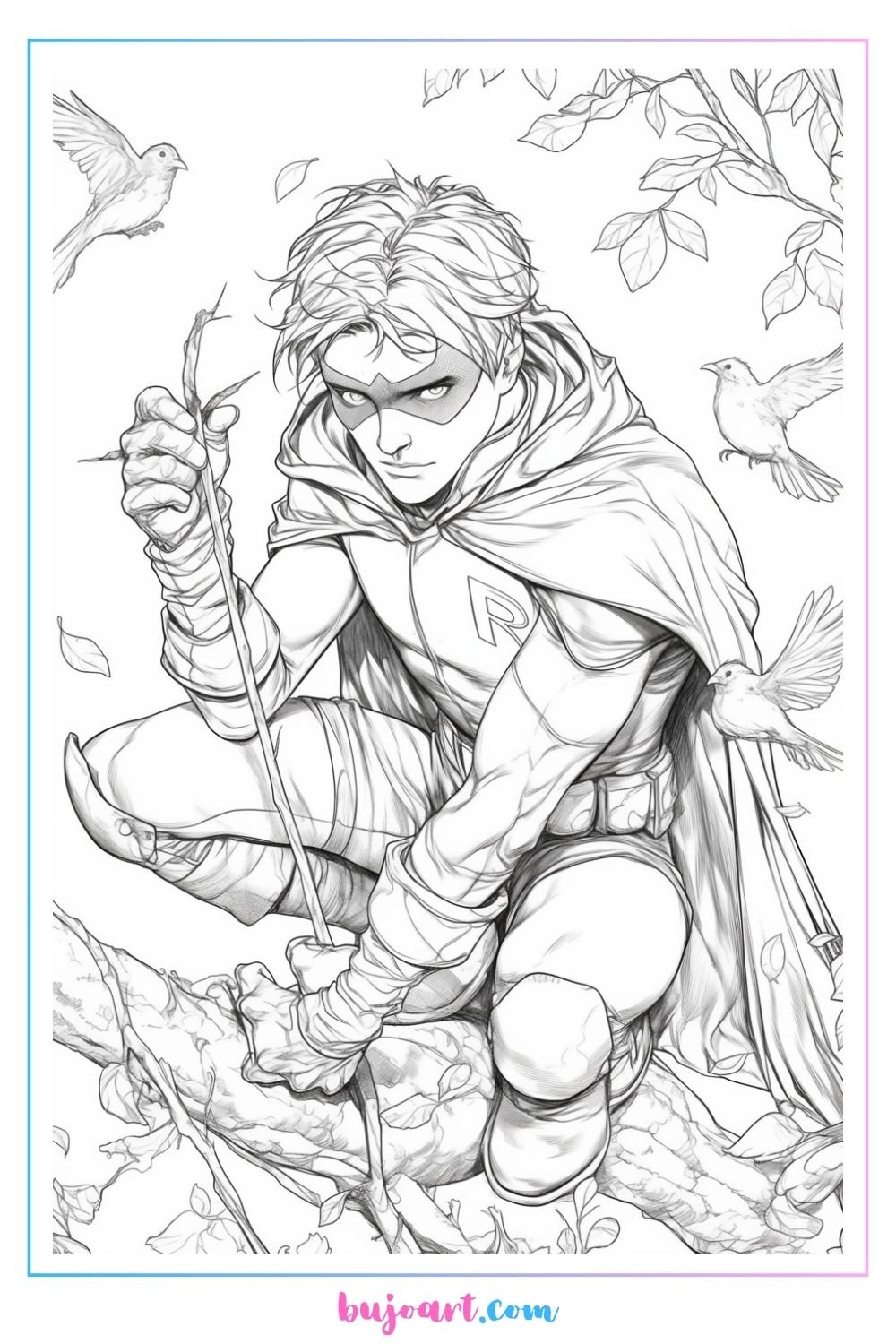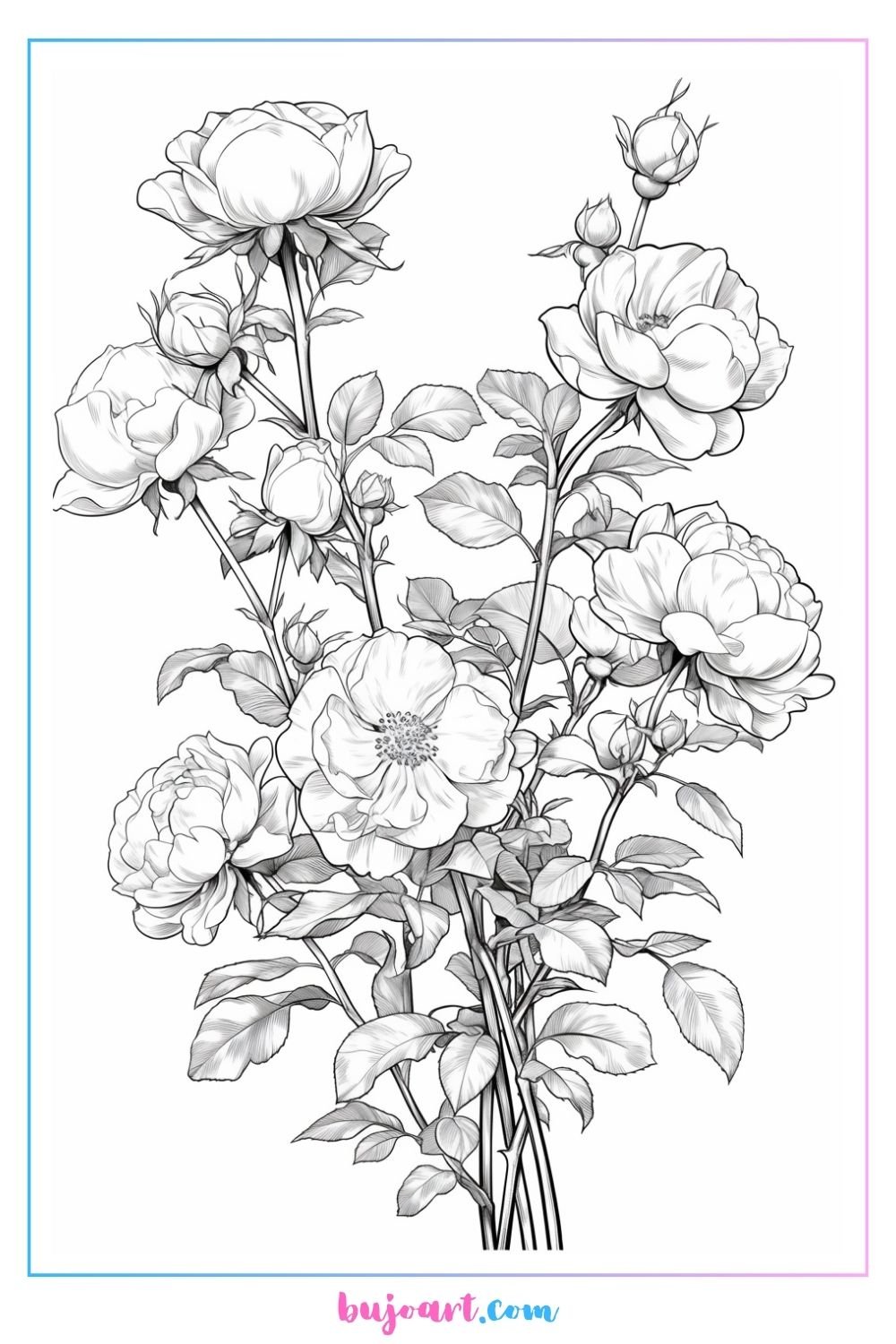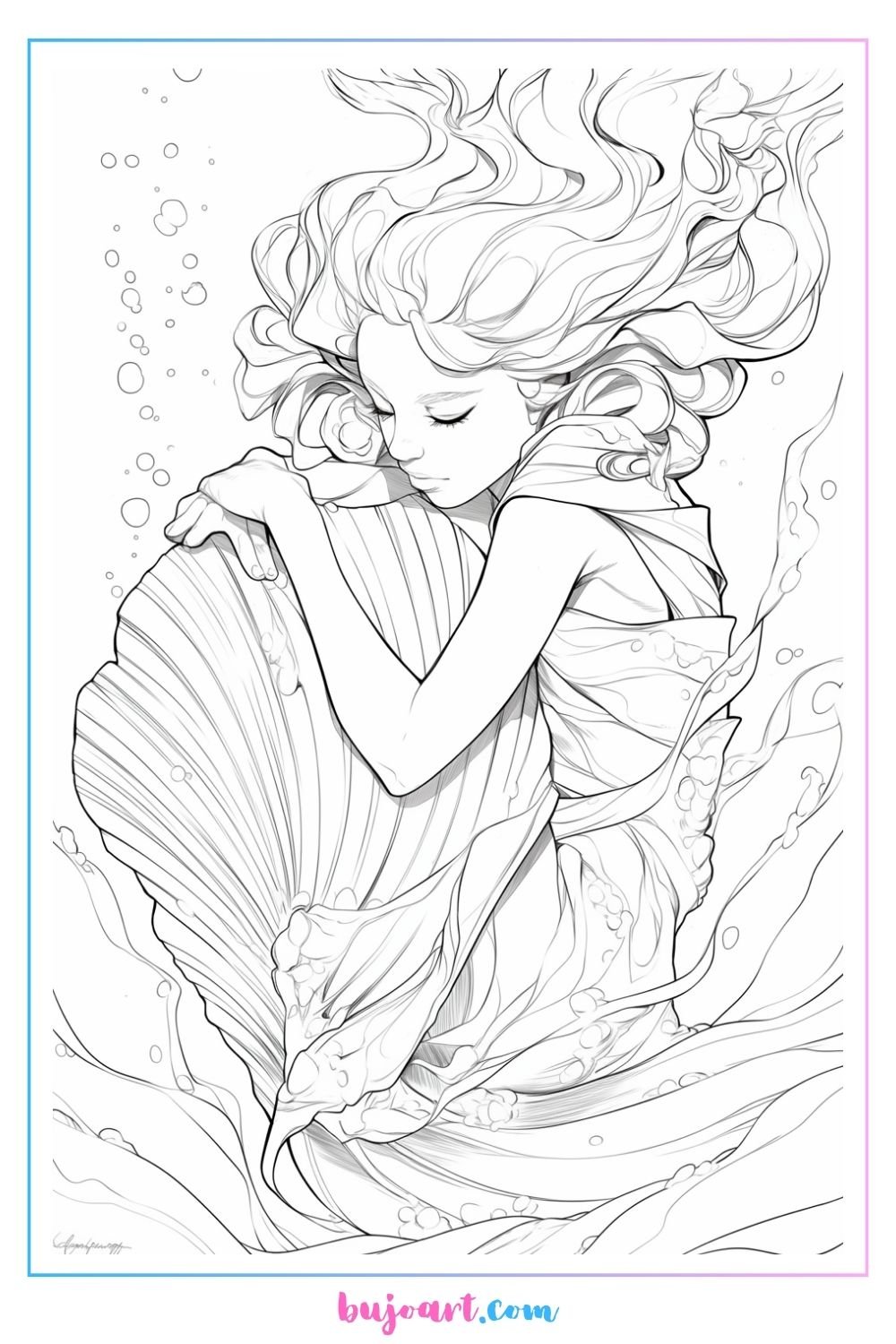Art reference poses are an essential tool for artists of all skill levels, helping them to create more accurate and dynamic representations of the human form. From traditional live models to modern digital resources, these poses serve as a foundation for artistic expression and technical improvement. This article explores the world of art reference poses, their evolution, and how they can be effectively utilized to enhance your artistic practice.
The Evolution of Art Reference Poses: From Live Models to Digital Resources
The use of reference poses in art has a rich history that spans centuries. In the past, artists relied heavily on live models to study and capture the intricacies of the human form. This traditional approach allowed for direct observation and interaction, providing invaluable insights into anatomy, proportion, and movement.
As technology advanced, so did the methods of obtaining reference poses. The invention of photography in the 19th century revolutionized the art world, allowing artists to capture and preserve poses for later study. This development freed artists from the constraints of live model sessions and opened up new possibilities for experimentation and creativity.
In recent years, the digital age has brought about another significant shift in how artists access and utilize reference poses. Online databases, 3D modeling software, and virtual reality applications have made it easier than ever for artists to find and create reference poses tailored to their specific needs. These digital resources offer unprecedented flexibility and convenience, allowing artists to explore a vast array of poses and perspectives from the comfort of their own studios.
Types of Art Reference Poses: Static, Dynamic, and Gesture
Art reference poses can be broadly categorized into three main types:
- Static Poses: These are held for extended periods and are ideal for studying anatomy, proportion, and form. Static poses allow artists to focus on details and create highly refined works.
- Dynamic Poses: These capture movement and action, helping artists to convey energy and emotion in their work. Dynamic poses are essential for illustrators, comic artists, and those working in animation.
- Gesture Poses: Quick, expressive poses that capture the essence of movement and form. Gesture drawings are excellent for warming up and developing a sense of fluidity in one’s art.
Each type of pose serves a unique purpose in an artist’s toolkit. Static poses are perfect for detailed studies and classical figurative work, while dynamic poses help bring life and energy to illustrations and action scenes. Gesture poses, on the other hand, are invaluable for developing an intuitive understanding of form and movement, often serving as the foundation for more complex compositions.
Credit: 95年的JOS
Creating Your Own Art Reference Pose Library
Building a personal library of art reference poses can be an invaluable resource for any artist. Here are some steps to help you create your own collection:
- Photograph friends and family: Enlist the help of willing volunteers to pose for you. This allows you to capture unique poses and lighting conditions tailored to your specific needs.
- Attend life drawing sessions: Many art schools and community centers offer life drawing classes where you can sketch from live models and build your reference library.
- Utilize online resources: Websites like Posespace, Line of Action, and Skelly App offer a wide variety of reference poses, both free and paid.
- Create 3D models: Software like DAZ3D and Poser allow you to create and manipulate 3D figures, giving you complete control over pose and lighting.
- Collect images from various sources: Magazines, stock photo websites, and social media can all be valuable sources of reference material. Always ensure you have the right to use any images you collect.
By combining these methods, you can create a diverse and personalized library of art reference poses that cater to your specific artistic needs and interests.
Ethical Considerations in Using Art Reference Poses
While art reference poses are an essential tool for artists, it’s crucial to approach their use with ethical considerations in mind. Here are some important points to remember:
- Respect copyright: If using photographs or digital resources, ensure you have the right to use them in your work. Many reference pose websites offer licenses for commercial use.
- Credit your sources: When appropriate, give credit to the photographers, models, or websites that provided your reference material.
- Obtain consent: If photographing your own models, always obtain clear consent and discuss how the images will be used.
- Avoid exploitation: Be mindful of the potential for objectification, especially when working with nude or partially nude poses. Treat all reference material with respect.
- Transform and interpret: Use reference poses as a starting point, not a final destination. Strive to bring your own unique vision and interpretation to your work.
By adhering to these ethical guidelines, artists can ensure that their use of reference poses remains respectful and professional.
Incorporating Art Reference Poses into Your Artistic Workflow
Integrating art reference poses into your creative process can significantly enhance your artistic output. Here’s a step-by-step guide to effectively incorporating reference poses into your workflow:
- Analyze the pose: Before beginning your drawing or painting, take time to study the reference pose. Observe the overall gesture, the distribution of weight, and the relationship between different body parts.
- Start with a gesture sketch: Begin with a quick, loose sketch that captures the essence of the pose. This will help you establish the basic form and energy of the figure.
- Refine the form: Build upon your gesture sketch, adding more detailed anatomical structures and refining the proportions.
- Add your own interpretation: Use the reference as a guide, but don’t be afraid to make adjustments that serve your artistic vision. Exaggerate certain aspects, change the perspective, or combine elements from multiple references.
- Practice regularly: Incorporate regular figure drawing sessions into your routine, using a variety of reference poses to improve your skills and expand your artistic vocabulary.
By following these steps and practicing consistently, you’ll find that art reference poses become an invaluable tool in your artistic journey.
Common Mistakes to Avoid When Using Art Poses Reference
While art reference poses are incredibly useful, there are some common pitfalls that artists should be aware of:
- Over-reliance on references: While references are important, relying too heavily on them can stifle creativity and lead to stiff, unoriginal work.
- Copying exactly: The goal is to understand and interpret the pose, not to create an exact copy. Allow room for your own artistic interpretation.
- Ignoring perspective: Remember that poses can look different from various angles. Be mindful of perspective when adapting a reference to your composition.
- Neglecting anatomy: Don’t let the surface details of a pose distract you from the underlying anatomical structures. Understanding anatomy is crucial for creating convincing figures.
- Using low-quality references: Poor quality or unclear reference images can lead to inaccuracies in your work. Always strive to use high-quality references.
- Limiting yourself to one type of pose: Experiment with a variety of poses to expand your skills and avoid repetition in your work.
By being aware of these common mistakes, artists can more effectively utilize art reference poses and avoid potential pitfalls in their creative process.
From Reference to Masterpiece: Transforming Poses into Unique Artworks
The true magic of art reference poses lies in how artists transform them into unique and captivating works of art. Here are some strategies for elevating your use of reference poses:
- Combine multiple references: Mix and match elements from different poses to create entirely new compositions.
- Experiment with style: Apply different artistic styles to the same reference pose to explore various interpretations.
- Play with context: Place figures in unexpected environments or situations to create narrative interest.
- Explore emotion: Use facial expressions and body language to convey specific emotions, even if they differ from the original reference.
- Incorporate symbolism: Add symbolic elements to your figures to deepen the meaning of your artwork.
- Push proportions: Experiment with exaggerating or stylizing proportions to create more dynamic and expressive figures.
By employing these techniques, artists can use art reference poses as a springboard for their creativity, resulting in truly original and compelling artworks.
Ready to take your art to the next level? Start building your own art reference pose library today! Experiment with different types of poses, create your own reference photographs, and explore online resources. Remember, the key to improvement is consistent practice and experimentation. Share your progress and insights with fellow artists in online communities or local art groups. Your unique vision combined with solid reference material can lead to extraordinary artistic growth. Don’t wait – begin your journey of artistic transformation now!
In conclusion, art reference poses are an indispensable tool for artists seeking to improve their skills and bring their creative visions to life. By understanding the different types of poses, creating a personal reference library, and incorporating these resources ethically and effectively into their workflow, artists can transform their artistic practice. Remember, the goal is not to copy references exactly, but to use them as a foundation for creating unique and compelling artworks that showcase your individual style and vision. With practice, patience, and creativity, art reference poses can become a powerful catalyst for artistic growth and expression.

